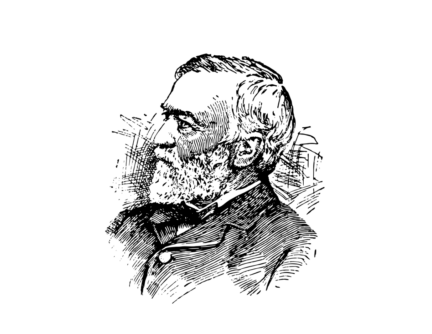Fifty years ago, we lived in what was the “big iron” school of development. Build something gigantic—the Aswan Dam, roads in Afghanistan—and the hearts and minds of the people would invariably follow.
The ruins of abandoned heavy industry show that these large programs don’t work. But what sort of development is effective? Adam Davidson looks at this question in this column from the New York Times Magazine.
I’ve mostly read Davidson in the Times Magazine. He’s a pretty smart guy. Perhaps his most famous column was one he wrote this past May, when he was an adviser to The Big Short and noticed the way Hollywood gathered a lot of very smart and talented people who would gather for a project and get the project going, even though most of the crew had never worked together before. Russ Roberts did an interview with Davidson about his “gig economy” article as an episode of his informative podcast series Econtalk.
Davidson begins his column describing a visit he made to Haiti in 2010. There he encountered a woman named Jelen, who could only afford to send one of her daughters to school, which meant the other daughter would remain poor. But she owned a large mango tree, which produced hundreds of mangoes a year. If she could figure out a way to export her mangoes, she might earn enough money to make sure her other daughter could go to a good school.
“I remember feeling almost giddy as she told me this story,” Davidson said. He knew that the U.S. Agency for International Development (USAID) had a program that was planning to help poor farmers by constructing a warehouse where farmers could store their crops until they could be exported.
But nothing happened. “Someone in Washington shifted U.S.A.I.D.’s primary goals in Haiti, and the project was canceled.” Jelen never received any help.
Davidson sees Jelen’s story as emblematic of the failure of development in general to help improve the lives of ordinary people in the Third World.
“For decades,” he writes, “grand theories were developed in rich countries about how to alleviate poverty, and huge amounts of money were spent, with stunningly little regard for their actual impact.”
Davidson names many of these theories, some of which I don’t have enough math to understand (such as the Fei-Ranis surplus labor model). Bit I suspect most of these theories were macroeconomic ones that assume that applying the proper inputs to a developing economy will inevitably result in growth. The “big-push theory,” for example, looked at East Asian economies that emerged from the ruins of World War II and became major economies, and summed that if a struggling company received enough foreign capital, job-maximizing enterprises could be created that would rival Japanese multinationals or Korean chaebol. This, however, rarely happened.
But Davidson says that there are a lot of new ideas out there that are smaller-scale but could prove useful. One is development-impact bonds (which have the unfortunate acronym “dibs”). These are a variant of the social impact bond, which was introduced in Britain a decade ago. The idea is that investors issue bonds to social enterprises and they get paid if the nonprofit does what they say they will do. One example: you could issue bonds to groups that say they will successfully rehabilitate criminals, and the nonprofit gets paid if they successfully put a client in a job and the client doesn’t commit crimes.
I gather that development impact bonds have been the subject of a lot of high-level meetings fueled with Rockefeller Foundation mnney. But according to this post from devex.com, one development impact bond has been issued. In October 2015, a foundation affiliated with UBS and the Children’s Investment Fund Foundation made a deal over a $267,000 bond with an Indian nonprofit called NGO Educate Girls, which wants to make sure that 18,000 girls in Rajasthan province go to school. The idea is that the investors get paid if girls stay in school. Since this bond is only four months old, we have no idea if these bonds actually work.
Another new idea is cash-on-delivery aid, also known as results-based aid. Like development impact bonds, the idea of cash-on-delivery aid was created by the Center for Global Development. The theory is that aid is only given when a desired result is achieved—say, giving a nonprofit $10 for every child who gets vaccinated. I wish there was a list of how many of these grants existed; this bracingly cynical post by Duncan Green of Oxfam says that, as of last year, there were only four.
But Davidson’s point is that businesses evolve while governments don’t. “For a good chunk of the 20th century,” he writes, “much of American business worked the way U.S.A.I.D. often does. Someone at headquarters would lay out a three-year or a five-year plan, and then the minions would fall in line. But that model was discarded long ago.”
Governments also have to get rid of pork. Agricultural aid, for example, still has to be sent from the U.S. in American-owned ships and has to be grown by American farmers. Such rules don’t help the poor and reward special interests.
Davidson’s point is that the traditional form of development, doled out by mandarins in Washington, London, or Turtle Bay, doesn’t work—and new ideas from ever-evolving capitalism might also be used to create effective ways to aid the poor.






